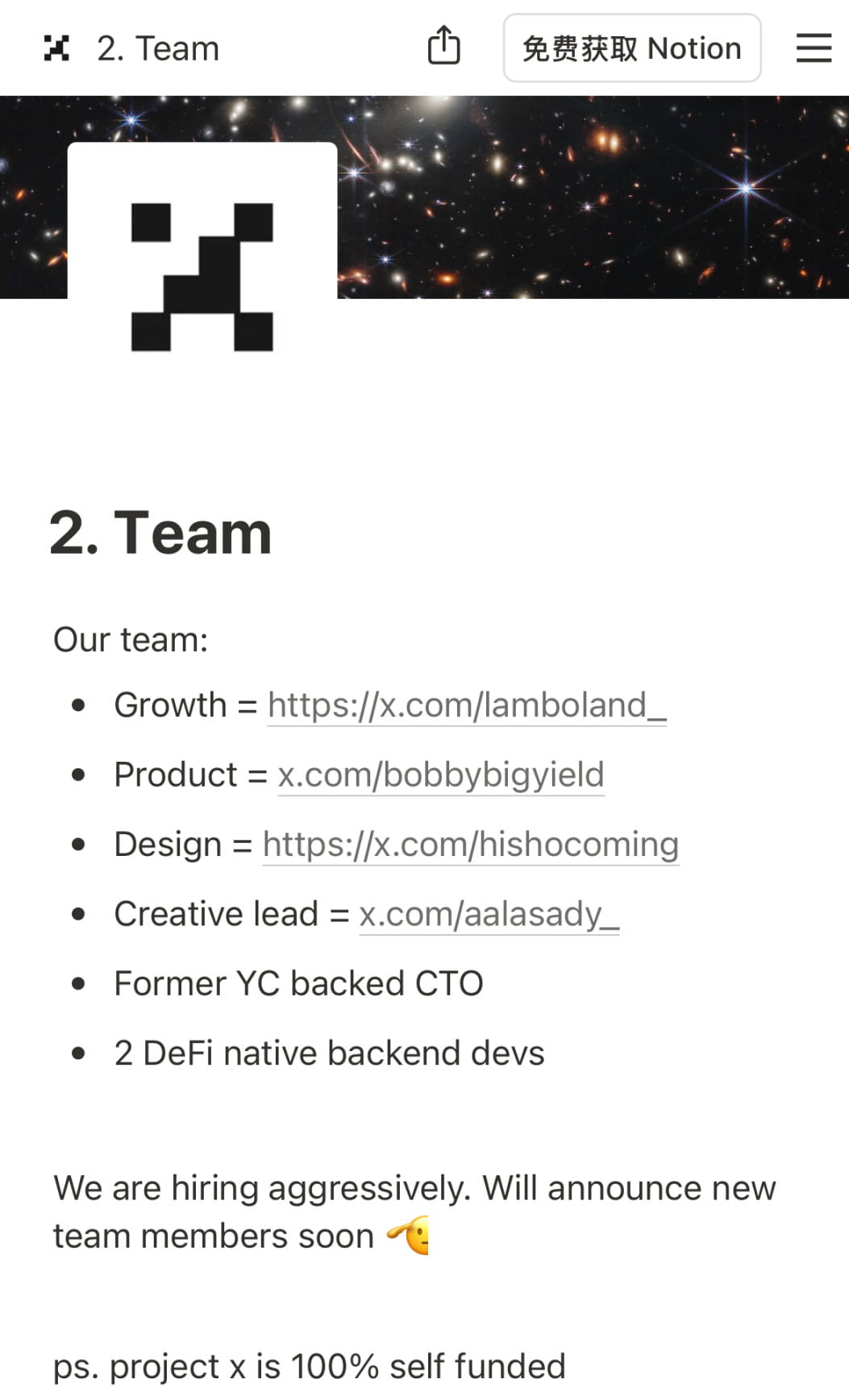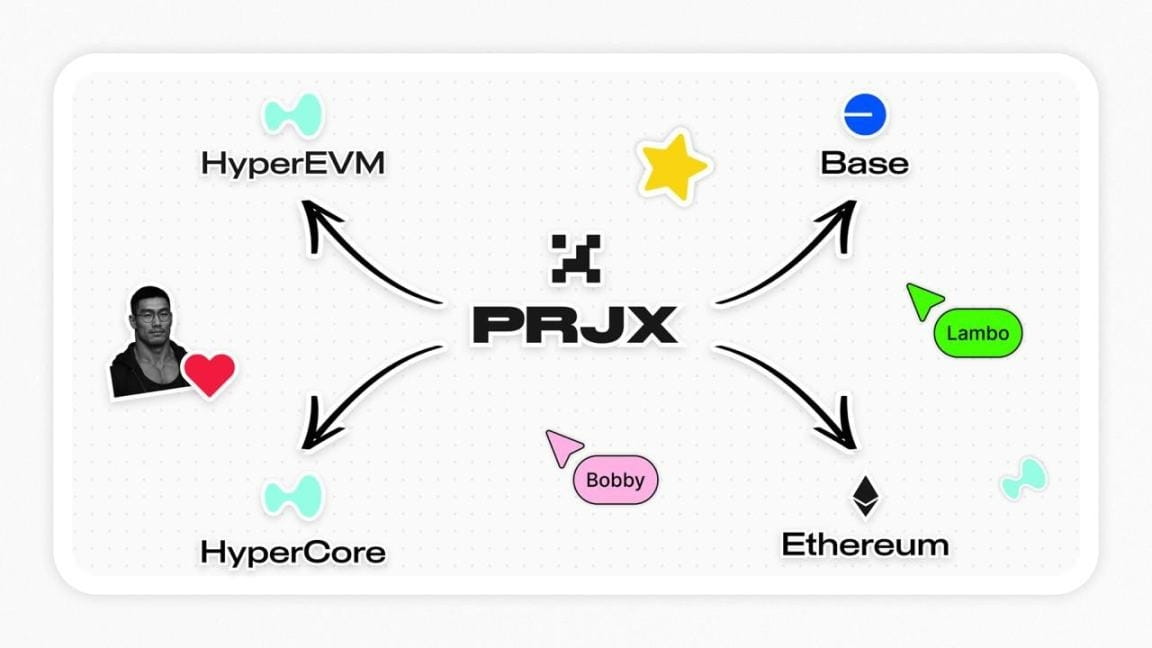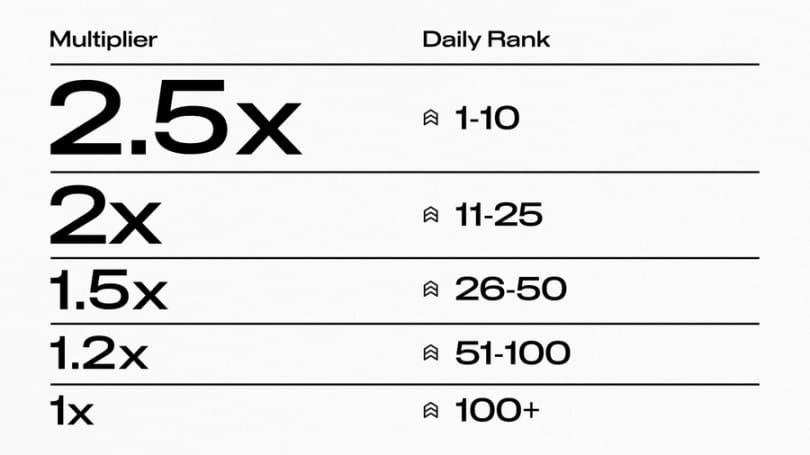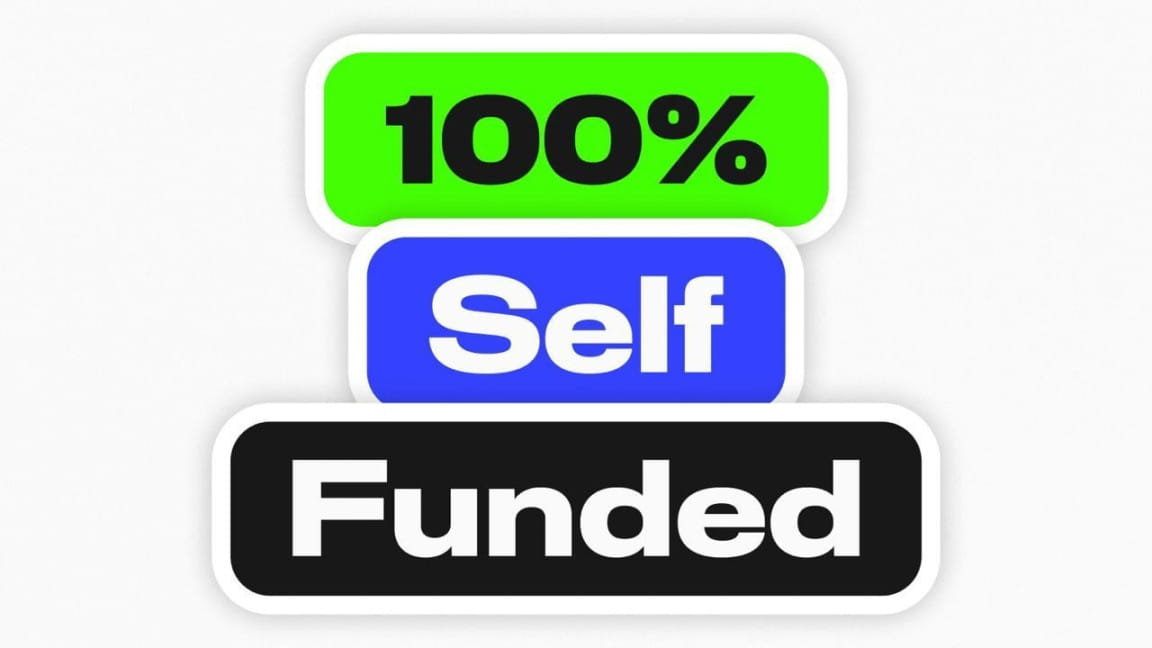Written by: Nicky, Foresight News
Hyperliquid, as one of the most outstanding trading platforms in this cycle, has a daily trading volume exceeding $15 billion, capturing over 74% of the on-chain Perps share. The native token HYPE currently ranks 12th in the cryptocurrency market capitalization rankings. Hyperliquid's ambition is not just to become a single on-chain trading platform, but to build an ecosystem network centered around itself—Hyper EVM.
Recently, a new project in the Hyper EVM ecosystem, Project X, has attracted community attention, with the DEX's TVL exceeding $40 million just three days after launch. As an emerging project, the ecological position and team background of Project X are worth noting.
To understand the birth of Project X, one cannot avoid its founding team's 'previous work'—Pacmoon.
As a social meme project on the Blast chain, Pacmoon, with its 'Yap model' (driving token value through social fission and community consensus), achieved an FDV exceeding $200 million, becoming a representative project of the Blast ecosystem at that time. However, the current FDV of the project's token PAC is only $35,000, nearly zero. This is partly due to the gradual silence of the Blast network, and partly reflects the ephemeral nature of the project.

According to official documentation, the identities of the project's founders have not yet been clarified, but the main team members consist of 7 people. Among them, Lamboland is responsible for growth, BOBBY is in charge of product operations, hisho is responsible for product design, and Ali is the creative director. Additionally, there is a CTO with YC background and two native DeFi backend developers.
Among the four publicly known nicknames, judging by the published tweets, all four have participated in the construction of the Pacmoon or Blast networks to varying degrees. Among them, Lamboland and BOBBY are the founders of Pacmoon.
Now, the team is turning its attention to DeFi infrastructure: AMM DEX (automated market maker decentralized exchange). In Project X's planning, the team aims to break free from the 'imitation of Uniswap' framework and change the competitive logic of trading platforms through 'distribution mechanisms, incentive design, and user experience.' As stated on the official website: 'Technology is becoming homogeneous; the next round of DeFi's decisive factor will be how to allocate value more efficiently, design incentives, and encourage users to stay.'

The development of Project X uses a phased advancement strategy, currently focusing on the first phase 'HyperEVM DEX,' and will gradually expand to the 'EVM Aggregator' and an undisclosed third phase, with the ultimate goal of becoming 'the preferred trading platform for crypto traders.'
Positioned as the current core product, 'Uniswap-style AMM DEX,' but with differentiated designs in user experience and incentive mechanisms:
Fee distribution: In the V3 version, 86% of trading fees are directly allocated to liquidity providers (LP), and the remaining portion is used for protocol operations. This ratio belongs to the 'high LP return' tier among similar AMMs, with the official website stating 'to allow LPs to earn more from Project X';
V2 pool preparation: Although the V2 version has not yet launched, the team has released signals that in the future, it will further enhance LP earnings through more complex market-making strategies (such as dynamic fees and cross-chain liquidity aggregation).
After completing the first phase of the HyperEVM DEX construction, the second phase 'EVM Aggregator' will focus on cross-chain transaction aggregation. Users can access liquidity across multiple EVM chains with one click through Project X, addressing the current pain point of 'multi-chain DEX fragmentation.'
Participation methods
The Project X point mechanism is key to activating user growth. Currently, points are the core credential for users participating in the ecosystem and may directly relate to token airdrops or ecological rights in the future.
The current path to earning points clearly points to 'user contribution':
Providing liquidity (LP): Users can deposit assets into the liquidity pool of the HyperEVM DEX (such as the currently promoted kHYPE pool) and earn points based on the generated trading fees. The official website emphasizes that 'most points will go to LPs,' and the point calculation is strongly related to 'fee generation'—for example, a user who deposits $1 million into the liquidity pool and generates $100 in fees will earn fewer points than a user who deposits $10,000 but generates $1,000 in fees;
Trading: Users earn points based on the scale and frequency of their spot trades on the platform (transaction fees must be paid);
Inviting friends: By sharing a unique invitation code, users can earn dual rewards: first, earn 10% of the points generated by friends as a referral reward; second, friends' base point earning efficiency is increased by 10% (for example, if a friend originally could earn 100 points daily, they can earn 110 points after the invitation).
At the same time, to quickly kickstart the ecosystem, Project X has set up short-term incentives:
Daily 1 million point pool: At this stage, the platform releases a fixed 1 million points daily, and all users' point acquisition comes from this pool;
First-month point multiplier: During the first 30 days, the top 100 users by daily points ranking can receive a minimum of 1x point multiplier reward.

It is important to note that the project team has recently adjusted the point system UI, and the current point acquisition is reflected in real-time on the user interface. However, the specific airdrop rules (such as the point-to-token exchange ratio and airdrop timing) have yet to be announced and will be subject to the official subsequent announcements.
Risk warning

Unlike most DeFi projects that rely on VC funding, Project X's funding sources appear more 'grassroots': the official website clearly states '100% self-raised funds, no VC, no angel investment, no private placement.' The advantage of this model is that the team has stronger control over the project and is more inclined towards 'long-termism.'
However, this also comes with potential risks. The lack of external financing means the project's risk resistance is weaker. In the event of extreme market conditions or smart contract vulnerabilities, it may face the dilemma of 'being unable to compensate user losses.'


